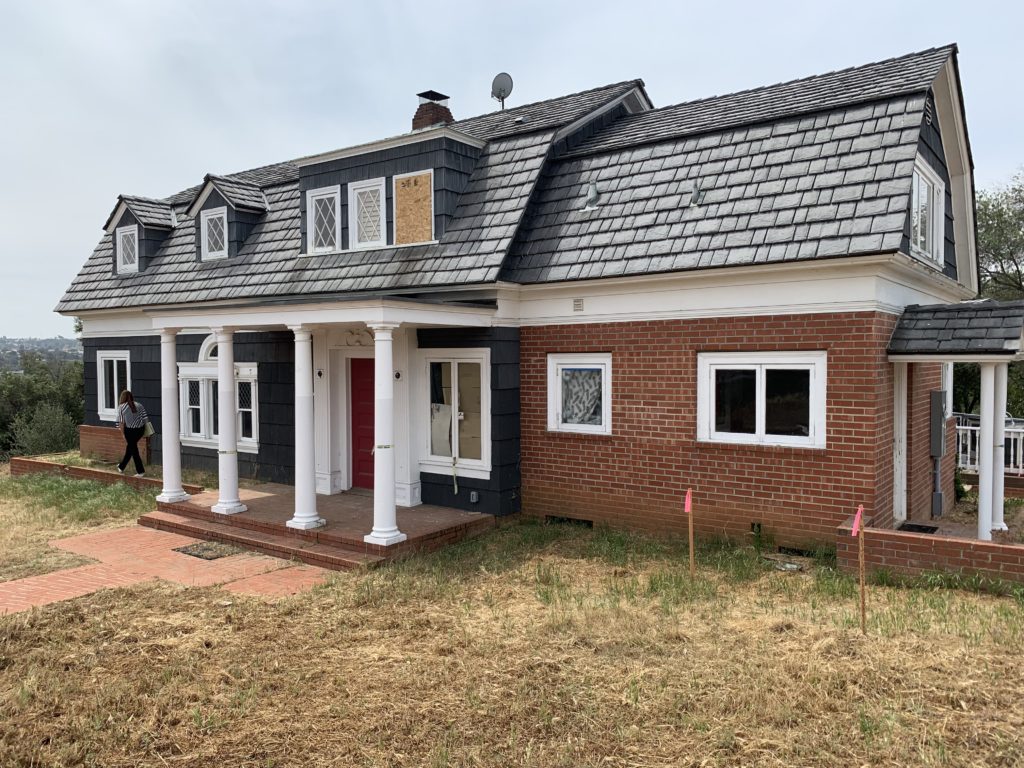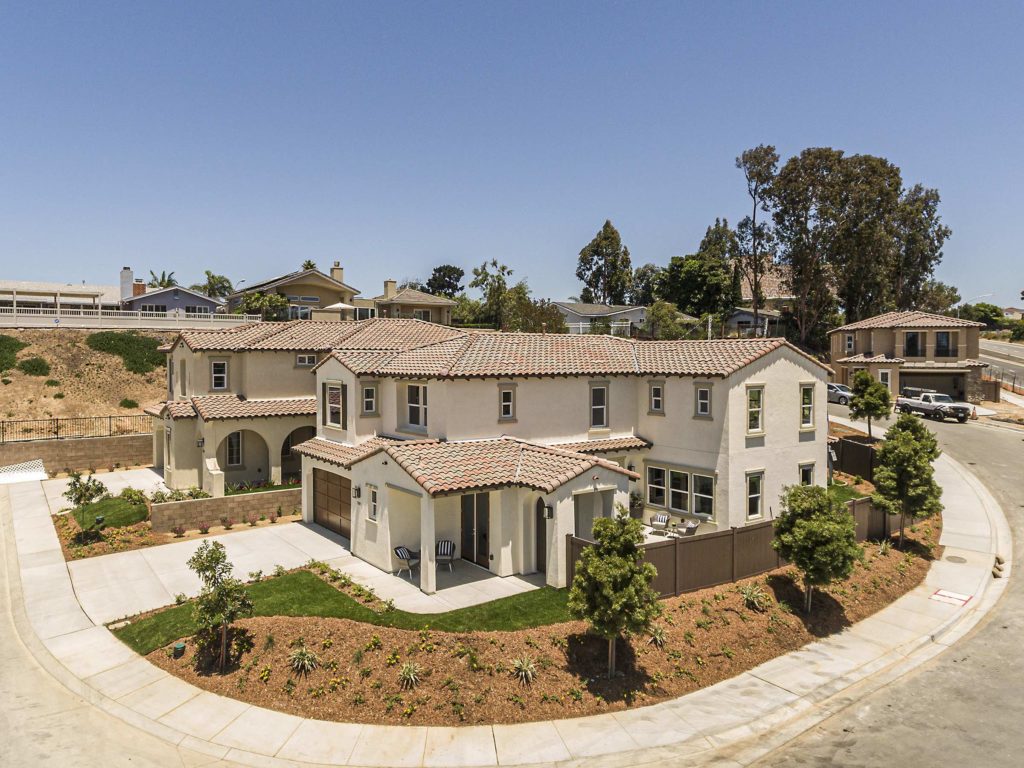Daily Business Report-July 29, 2019
California reaches a deal with four major carmakers as the federal government threatens to roll back emissions standards. | (Image by prvideotv via Pixabay)
In Summary: Faced with a federal plan to gut emissions regulations, California makes its own deal with four automakers—and hopes more will sign on, soon.
California’s emissions deal with automakers
dodges Trump EPA plan to gut rules
Rachel Becker, CalMatters
California made its own tailpipe emissions deal with four major carmakers, officials said today, ignoring Trump administration threats to roll back Obama-era vehicle standards.
The state agreed to give the carmakers an extension to reach greenhouse gas reduction targets and pledged to eliminate penalties for power plant emissions tied to charging electric vehicles. In a win for California, the car companies agreed to recognize the state’s authority to make its own clean air rules and to follow California’s standards across the country.
“This is about leadership, California asserting itself once again, and about automobile manufacturers, to their credit, doing the right thing,” Gov. Gavin Newsom said in a press briefing. “Regardless of what the Trump administration determines in the next few weeks, this is the direction we, as a coalition, are moving in.”
The Trump administration, however, shows no sign of changing course, and Michael Abboud, an EPA spokesperson, was dismissive of California’s deal. The announcement “has no impact on EPA’s regulation of greenhouse gas emissions under the Clean Air Act,” Abboud said in an emailed statement. “This voluntary framework is a PR stunt that does nothing to further the one national standard that will provide certainty and relief for American consumer.
__________________

Port of San Diego grants lease for San Diego
Symphony’s Bayside Performance Park
The Port of San Diego Board of Port Commissioners has granted a lease for The San Diego Symphony Orchestra Association’s Bayside Performance Park project, a significant milestone in the Symphony’s efforts to build a permanent facility on the San Diego Bayfront.
A “park within a park,” the project will include the construction of a new performance venue to be operated by the Symphony as well as park improvements in the Port’s Embarcadero Marina Park South behind the San Diego Convention Center.
“The San Diego Symphony is investing a minimum of $45 million in improvements, including many public amenities and better performance facilities, creating a new, year-round attraction on the San Diego Bay waterfront. We’re confident concert-goers will love the improved access and state-of-the art stage and sound system, and bayfront visitors will love the new and improved park,” said Chairman Garry Bonelli, Port of San Diego Board of Port Commissioners.
Since 2004, the Symphony has assembled and disassembled a temporary venue in the park for its Bayside Summer Nights concert series. The approved lease, with an initial 15-year term and four options to extend for a total of up to 50 years, allows the Symphony to operate the Bayside Performance Park for concerts and events, while maintaining public access to most of Embarcadero Marina Park South the majority of the year. With this step now complete, the Symphony may begin construction as early as September.
__________________

Davidson Communities/Phair Company
to build 18 homes in Bonita at Carriage Hill
Davidson Communities and The Phair Company, have teamed up to build Carriage Hill, a gated neighborhood of 18 executive homes on private streets with views of the Bonita Golf Course and San Miguel mountains.
Designed in Spanish and Tuscan styling, the single- and two-story homes will be priced from the low $1 millions when released for sale this fall. The grading of the site has begun. Construction of the homes will begin in early 2020, with the first homes ready for move-in as early as May 2020. For more information, contact 619-824-3150 or visit www.davidsoncommunities.com.

The Carriage Hill property is known in San Diego’s historical community as the site of the Grant House, a Dutch Colonial Revival home built in 1894 as a summer residence for the family of Ulysses G. Grant Jr., son of the 18th President of the United States. Grant, Jr. practiced law in San Diego and was considered one of the city’s most distinguished civic leaders. The Grant House will remain on site and be restored with the exterior historical integrity in mind, and renovated to modern-day living on the interior.
Located at 5771 Sweetwater Road overlooking Sweetwater Lake, homes at Carriage Hill range from 2,524 to 3,197 square feet with up to five bedrooms, 5.5 baths and a two- or three-car garage.
_________________
CSUSM Ranks First in Online RN to BSN Programs
Cal State San Marcos has been ranked first in the state by RegisteredNursing.org in its list of 2019 Best Online RN to BSN programs. There were 15 schools that met the website’s criteria to be ranked.
RN to BSN programs allow registered nurses with an associate degree to advance their education by receiving a bachelor of science in nursing. CSUSM offers an accelerated online program that gives nurses the opportunity to earn their BSN in just 16 months.
“This renowned program requires 38 total units and enrolls just 44 students per cohort to keep faculty accessible throughout the online program,” RegisteredNursing.org stated in its ranking.
CSUSM cites statistics showing that the average income among RNs with an associate degree is $51,600, versus $94,300 for nurses with a BSN.
The university also ranks ninth in the fourth annual nursing school rankings by the website RNCareers.org, which ranked the top 35 universities in the state.
_________________

Grand opening held for first new home
project in University City in nearly 40 years
West End, a $12 million development of nine single-family homes by Morgan Holdings, held its grand opening Saturday at 5803 Renault Way. The private community of modern coastal homes is the first new residential for-sale development in almost 40 years for University City.
he Brett Dickinson Team, Pacific Sotheby’s International Realty is handling the properties for Morgan Holdings. Agents are available to show the homes Wednesday through Friday from noon until 6 p.m., Saturday and Sundays from 10 a.m. until 6 p.m. or by appointment Mondays and Tuesdays.
More information about the West End community is available at https://www.westendsandiego.com/.
_________________
California’s other fiscal crisis:
The Unemployment Insurance Fund
By Dan Walters | CalMatters Commentary
Gov. Gavin Newsom and his predecessor, Jerry Brown, have repeatedly stressed the need to build state budget reserves to cushion the impact of the next recession, whenever it hits.
Thanks to a vibrant economy, they’ve squirreled away nearly $20 billion in various reserve accounts. When recession hits, however, the state budget is not the only fiscal system to take a big hit.
As the Great Recession of the previous decade revealed, payments to unemployed workers also gets hammered. In fact, the California Unemployment Insurance Fund, according to a report from the U.S. Department of Labor, is the least solvent of any state’s and even a tiny economic downturn would quickly drive it into the red.
History tells us how that came to pass.
During Gray Davis’ governorship, which began in 1999, he and the Legislature sharply increased unemployment benefits without raising payroll taxes to pay for them.
That irresponsible act reflected a political standoff between labor unions, which clamored for a benefit increase, and employers, who didn’t want to shoulder higher taxes.
What had been a healthy unemployment-fund reserve was drawn down by the new benefits, becoming too weak to handle a sharp increase in payouts when recession struck a few years later.
California turned to Uncle Sam for a bailout, borrowing $63.8 billion during the recession to keep unemployment insurance checks flowing as California’s jobless ranks swelled to more than 2 million workers and its unemployment rate topped 12 percent.
When the state continued its refusal to raise payroll taxes to repay the loans, the Department of Labor taxed employers to erase the debt.
Nevertheless, California’s fund remained weak. Last year, in fact, the Department of Labor reported that it was the only state with a zero-solvency level.
A new report was issued this year, revealing that from zero, California’s fund is now 15 percent of what’s regarded as minimum solvency—still the nation’s lowest.
It ended 2018 with a little over $2 billion in the kitty. But unless changes are made, it’s unlikely to improve even though unemployment today is very low and high employment means more payroll taxes flowing into the fund.
Even during this relatively prosperous period, the state is paying out far more than $5 billion a year in benefits while annual payroll tax receipts are only slightly higher, according to the state Employment Development Department’s own annual report, published in May.
The report projects that year-end balances will creep up to $3.2 billion by 2020, assuming there’s no recession. But that’s still a very low number vis-à-vis the potential hit. As the report puts it, “the current financing structure leaves the UI Fund unable to self-correct and achieve a fund balance sufficient to withstand an economic downturn.”
The fund’s weakness doesn’t score very high in terms of political sexiness. But it involves big money and the welfare of Californians who might lose their jobs during a recession.
There are four ways to make the fund truly solvent: raise the payroll tax rate, widen the wage base that’s taxed (it’s now $7,000 a year), reduce benefits and/or tighten eligibility for benefits.
Employers dislike the first two, and the latter two are politically impossible in a Democratic Legislature closely tied to unions.
Unless this political stalemate is resolved, California’s Unemployment Insurance Fund will be clobbered in the next economic downturn, forcing us to beg Uncle Sam for another bailout.
Such loans would incur hefty interest charges, and employers would still have to repay them one way or the other.
CalMatters is a public-interest journalism venture committed to explaining how California’s state Capitol works and why it matters. For more stories by Dan Walters, go to calmatters.org/commentary.



